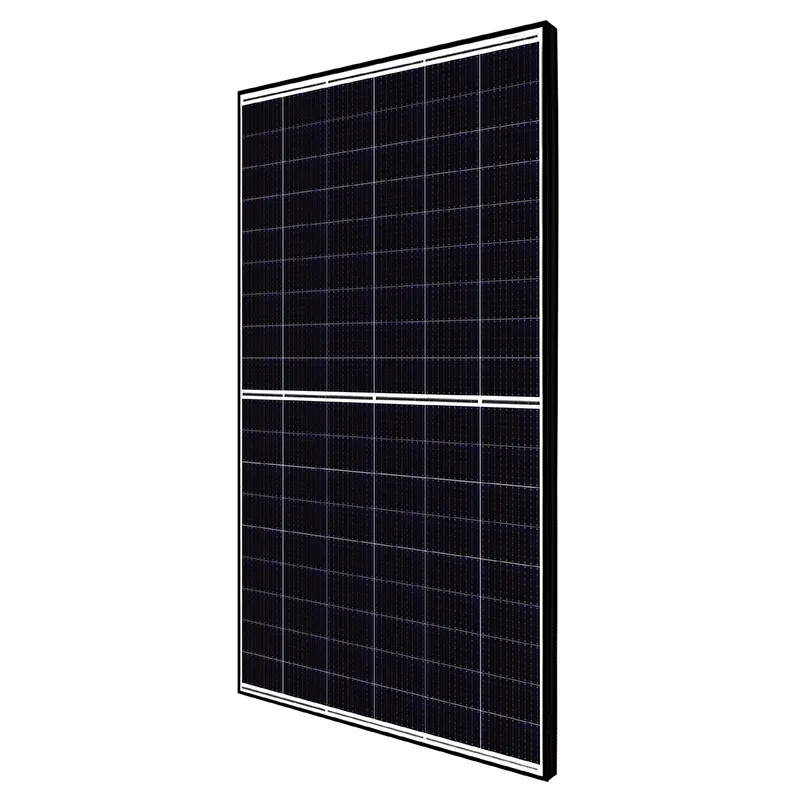Innovative Building-Integrated Photovoltaics Solutions for Sustainable Architecture and Energy Efficiency Enhancement
The Rise of Building-Integrated Photovoltaics (BIPV)
In recent years, the world has witnessed an impressive shift toward sustainable energy solutions as part of the broader effort to combat climate change and reduce reliance on fossil fuels. One of the most exciting developments in this field is the emergence of Building-Integrated Photovoltaics (BIPV), which offers architects, builders, and energy-conscious consumers a unique way to harness solar energy without sacrificing aesthetics or building functionality.
BIPV refers to photovoltaic materials that are integrated into the building envelope, such as roofs, facades, and windows, rather than being installed as separate solar panels. This innovative approach not only generates renewable energy but also contributes to the building's structural integrity. As urban areas continue to develop, the demand for green buildings is increasing, and BIPV stands out as a practical solution that meets both aesthetic and functional requirements.
.
Furthermore, BIPV can contribute to energy efficiency in multiple ways. Buildings equipped with BIPV systems can generate a portion of their electricity needs, reducing reliance on grid power and lowering electricity bills. By producing energy on-site, these buildings can also mitigate transmission losses associated with transporting electricity from power plants to consumers. Additionally, some BIPV systems can provide insulation, thus improving the thermal performance of buildings and reducing heating and cooling costs.
bipv

The economic benefits of BIPV are also noteworthy. While the initial investment for BIPV technology can be higher than that of traditional building materials combined with separate solar panels, the long-term savings on energy costs and potential incentives, such as tax credits and rebates for solar energy installations, can make BIPV a financially attractive choice. Moreover, with the growing awareness of sustainability and the increasing interest in green buildings, properties with BIPV are likely to command higher resale values in the real estate market.
Despite its many benefits, some challenges remain in the widespread adoption of BIPV technology. The upfront costs and complexity of installation can be barriers for some builders and homeowners. Additionally, ongoing research and development are needed to enhance the efficiency and durability of BIPV materials to ensure they can withstand various environmental conditions over their intended lifespan.
Nevertheless, the future of BIPV technology looks promising. Advances in materials science and engineering are leading to the development of more efficient and cost-effective photovoltaic materials. As the technology matures, it is expected that BIPV will become an integral part of building codes and standards, paving the way for more sustainable urban environments.
In conclusion, Building-Integrated Photovoltaics offer a compelling solution for integrating renewable energy into our built environments. By harmonizing architecture and energy production, BIPV represents a forward-thinking approach that aligns with the needs of modern society. As cities continue to grow and the demand for sustainable solutions intensifies, BIPV stands poised to play a vital role in shaping a greener future.
-
String Solar Inverter: The High-Efficiency Solution for Smart Solar EnergyNewsJul.14,2025
-
Revolutionizing Rooftop Energy with the Power of the Micro Solar InverterNewsJul.14,2025
-
Power Independence with Smart Off Grid Solar Inverter SolutionsNewsJul.14,2025
-
On Grid Solar Inverter: Powering the Future with Smart Grid IntegrationNewsJul.14,2025
-
Monocrystalline Solar Panels: High-Efficiency Power for the Future of Clean EnergyNewsJul.14,2025
-
Bifacial Solar Panel: A Smarter Investment for Next-Generation Energy SystemsNewsJul.14,2025







